Tapping Your Akashic Records – A Little Bit of Heaven on Earth by Sara E. Morrow In life, we make decisions all day long. From the big to the small, constantly making choices that affect our present and future. What if there was a way to access all the information in the Universe we could ever need to help us along? The Akashic Records are thought to be a Divine source, hidden in the Universe, that we can find all the information on human kind about the past, present and future, to help us make informed, beneficial choices to have the best life possible. Knowledge contained in these records is imprinted on the ‘Akasha’ – the Sanskrit word meaning ‘space’, both in its elemental and metaphysical forms. The Akasha contains the energy that makes up everything in the Universe. What’s an Akashic Record? The DNA of the Universe. Akashic records can be thought of as the imprints of every thought, action, emotion and experience that’s ever taken place in time and space. We each have our own record. soldes coque iphone These records are thought to be energetically protected by guides, guardians and keepers. Akashic records tell the stories we can’t utilize in our conscious mind, without help from the divine. According to theory, this enables us to have a taste of ‘heaven on earth’. The world as we have collectively perceived it is but a faint shadow within a vast reality. Think of these records as the realm of the unseen world. coque iphone x Like the dream state that has many different levels of brain activity while we sleep, other dimensions we don’t usually tap into are parts the exist within our mind. Our brain activity proves that our mind is always working – this can be scientifically measured. Regardless of whether we can ‘see’ them or not, all thoughts and experiences exist. coque iphone 2019 History of Akashic Records In the Bible, they are referred to as the Book of Life. In Hindu, Akasha is related to the primary principle of nature involving the four natural elements: fire, air, earth and water. coque iphone soldes Edgar Cayce was the first to publically document his journey within the Akashic realm, stating: “The Akashic Records contain the entire history of every soul since the dawn of Creation. These records connect each one of us to one another.” He theorizes that in death, we are all presented with our personal Akashic record of what we have or have not done in life in a karmic sense. vente de coque iphone The idea is comparable to the biblical Book of Life, which is consulted to see whether or not the dead are admitted to heaven. How can we tap in? What was once thought of as a source only for the Divinities and Prophets of our time is now thought to be accessible to all humankind who pursue a connection and work a path towards spiritual enlightenment. To open or access the Akashic Records, we move from our daily state of consciousness to a state where we tap into our divine consciousness that is shared with all in the universe. Intuition, prayer, meditation and flashes of insight are ways we can tap into our Akashic files. We may even unconsciously access them in our daily lives within our reflections and ‘gut’ instincts. But if a stronger connection is desired, there are techniques we can learn, using meditation, breathing techniques and sacred spoken prayers. Some also choose to use a professional consultant who has studied the practices and has expertise in the area. Akashic records also draw us to and away from one another due to past histories contained within the records. coque iphone 8 That ‘feeling’ that you’ve known someone before, or just ‘don’t mix’ with someone else very well may be rooted in a past life that we know nothing of in our conscious mind. The records are a divine tool we can use to remember our oneness with all beings in the universe and find our personal power to create the life we desire.
universe
The Fermi Paradox – Are We Alone?
Everyone feels something when they’re in a really good starry place on a really good starry night and they look up and see this:


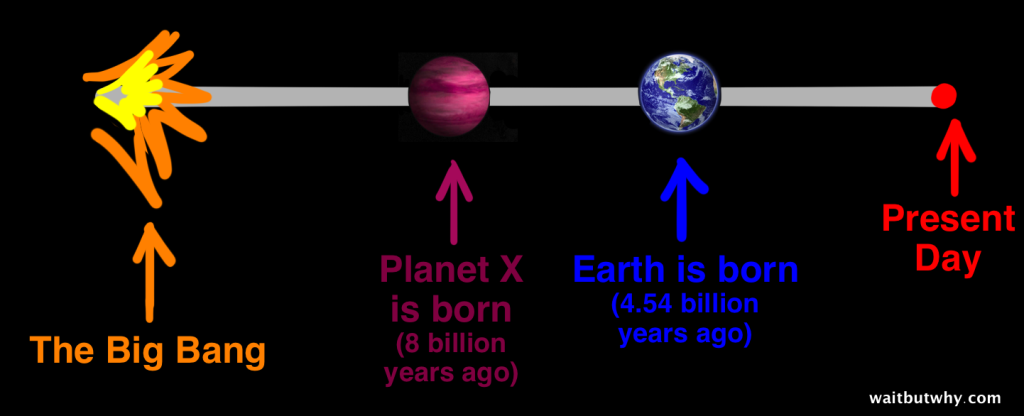
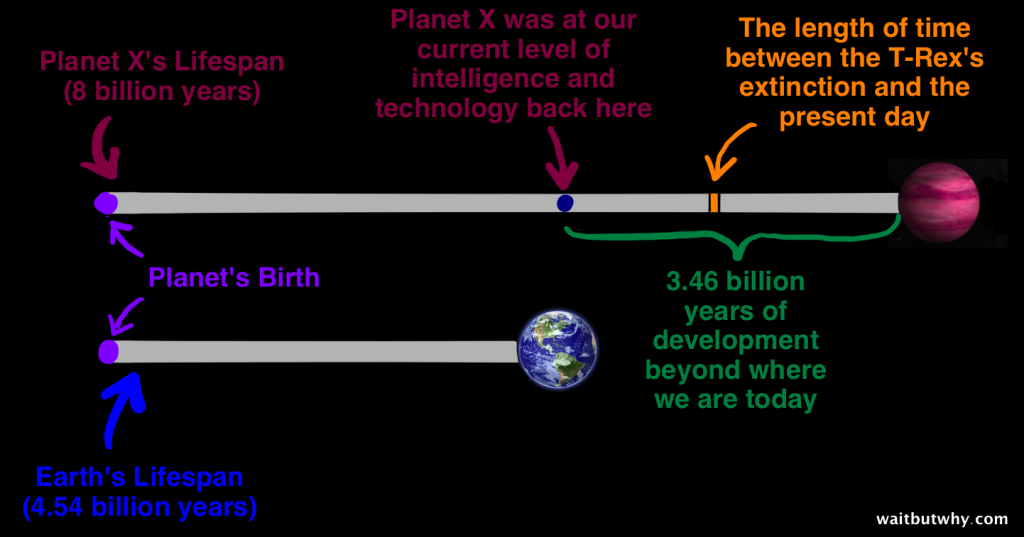
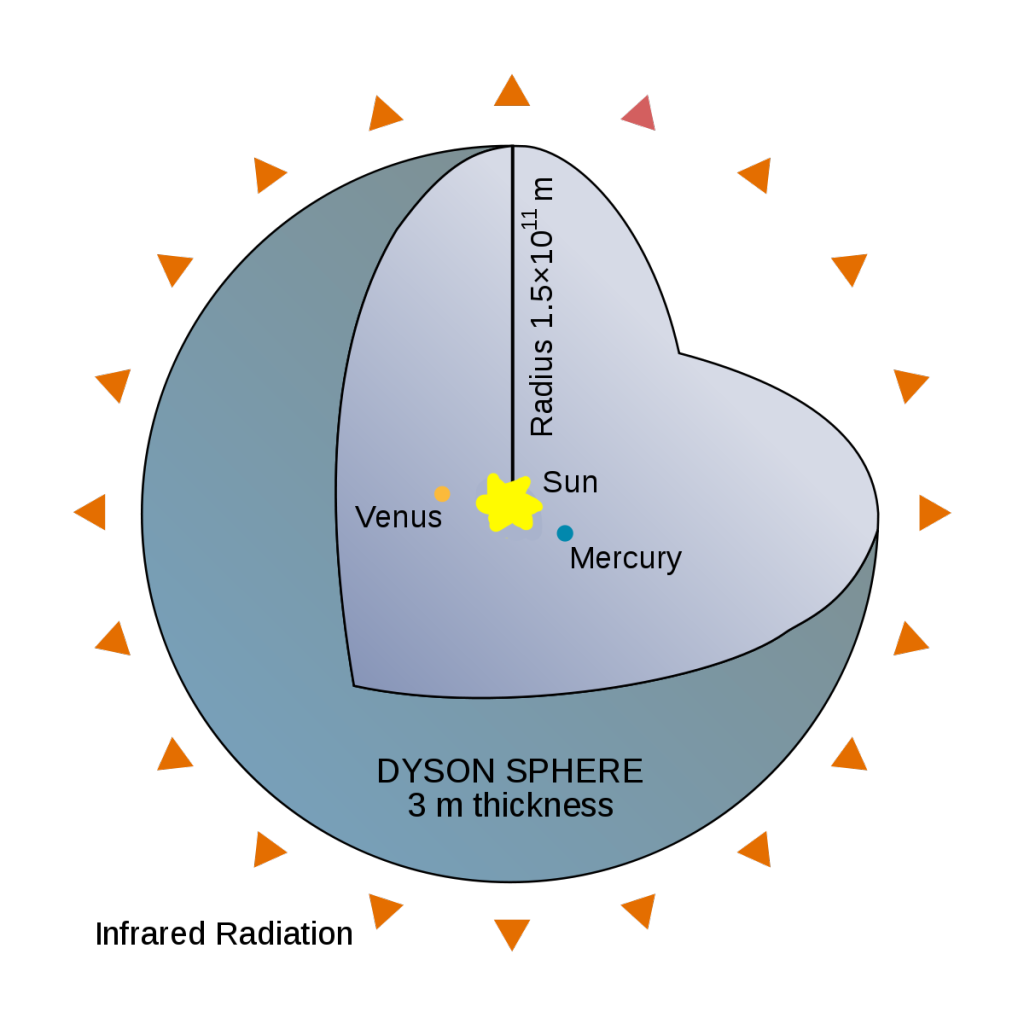
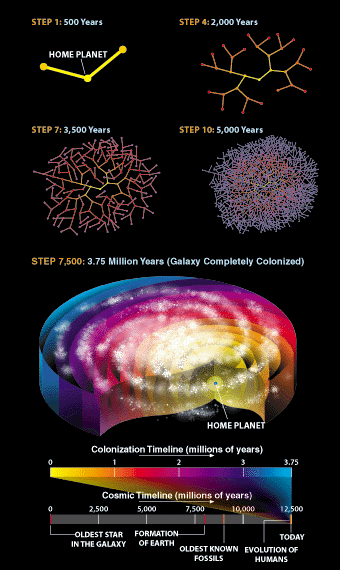
So where is everybody?
Explanation Group 1: There are no signs of higher (Type II and III) civilizations because there are no higher civilizations in existence.
Those who subscribe to Group 1 explanations point to something called the non-exclusivity problem, which rebuffs any theory that says, “There are higher civilizations, but none of them have made any kind of contact with us because they all _____.” Group 1 people look at the math, which says there should be so many thousands (or millions) of higher civilizations, that at least one of them would be an exception to the rule. Even if a theory held for 99.99 percent of higher civilizations, the other .01 percent would behave differently and we’d become aware of their existence. Therefore, say Group 1 explanations, it must be that there are no super-advanced civilizations. And since the math suggests that there are thousands of them just in our own galaxy, something else must be going on. This something else is called The Great Filter. The Great Filter theory says that at some point from pre-life to Type III intelligence, there’s a wall that all or nearly all attempts at life hit. There’s some stage in that long evolutionary process that is extremely unlikely or impossible for life to get beyond. That stage is The Great Filter.
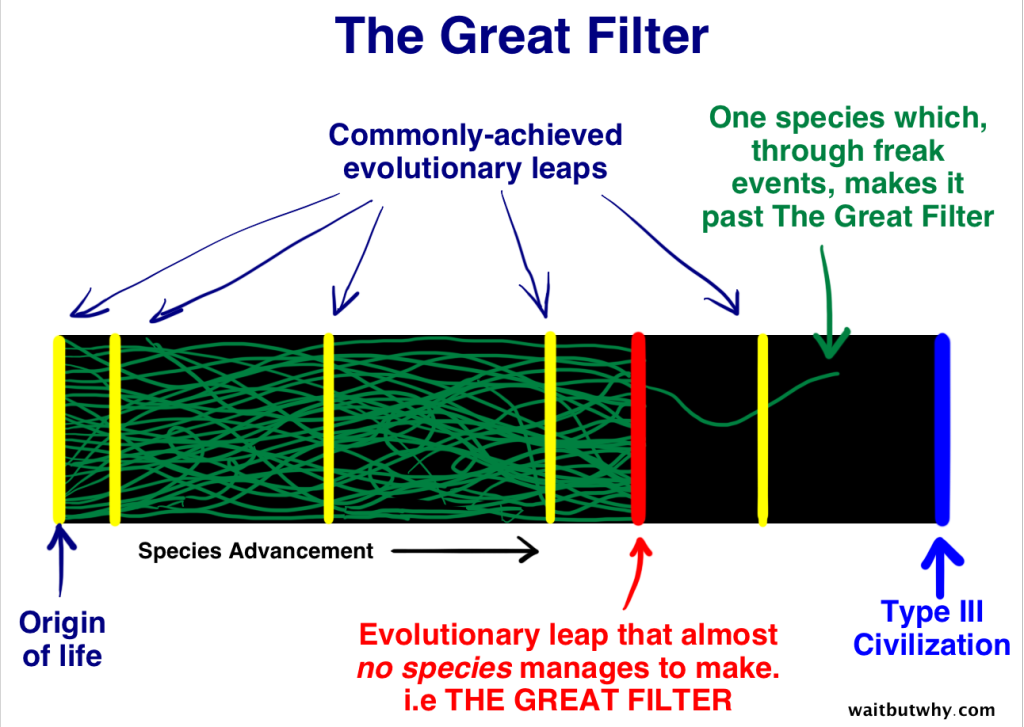
1. We’re Rare (The Great Filter is Behind Us)
One hope we have is that The Great Filter is behind us — we managed to surpass it, which would mean it’s extremely rare for life to make it to our level of intelligence. The diagram below shows only two species making it past, and we’re one of them. soldes coque iphone

2. We’re the First
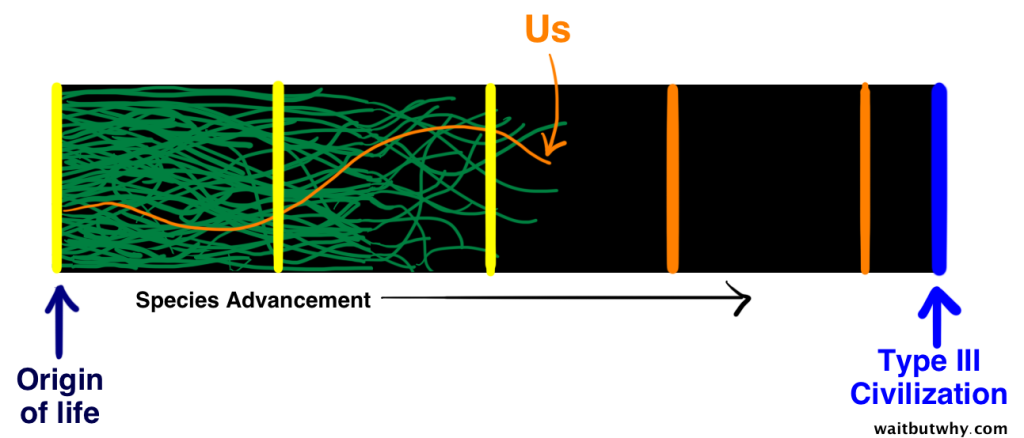
3. We’re Fucked (The Great Filter is Ahead of Us)
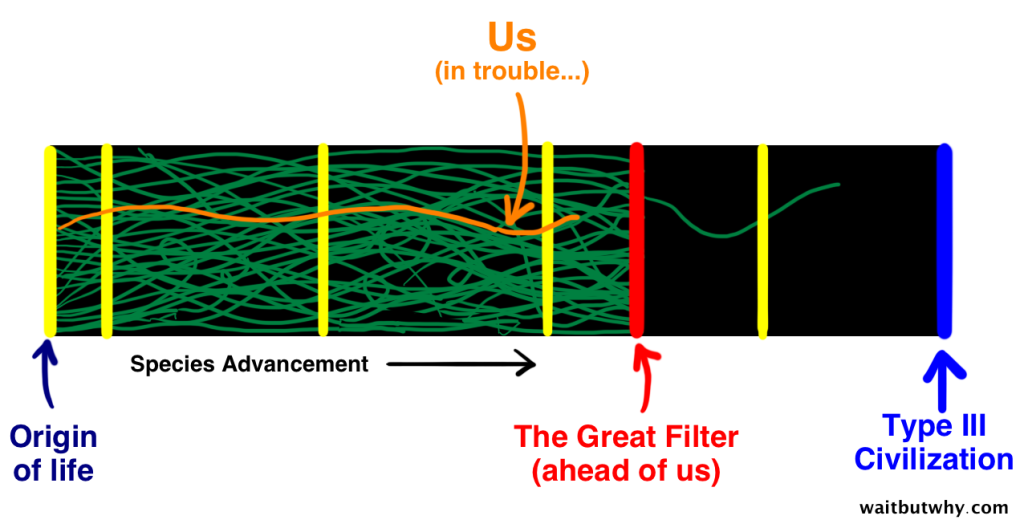
Explanation Group 2: Type II and III intelligent civilizations are out there — and there are logical reasons why we might not have heard from them.
Group 2 explanations get rid of any notion that we’re rare or special or the first at anything — on the contrary, they believe in the Mediocrity Principle, whose starting point is that there is nothing unusual or rare about our galaxy, solar system, planet, or level of intelligence, until evidence proves otherwise. They’re also much less quick to assume that the lack of evidence of higher intelligence beings is evidence of their nonexistence — emphasizing the fact that our search for signals stretches only about 100 light years away from us (0.1 percent across the galaxy) and suggesting a number of possible explanations. Here are 10: Possibility 1) Super-intelligent life could very well have already visited Earth, but before we were here. In the scheme of things, sentient humans have only been around for about 50,000, a little blip of time — if contact happened before then, it might have made some ducks flip out and run into the water and that’s it. Further, recorded history only goes back 5,500 years — a group of ancient hunter-gatherer tribes may have experienced some crazy alien shit, but they had no good way to tell anyone in the future about it. Possibility 2) The galaxy has been colonized, but we just live in some desolate rural area of the galaxy. The Americas may have been colonized by Europeans long before anyone in a small Inuit tribe in far northern Canada realized it had happened. There could be an urbanization component to the interstellar dwellings of higher species, in which all the neighboring solar systems in a certain area are colonized and in communication, and it would be impractical and purposeless for anyone to deal with coming all the way out to the random part of the spiral where we live. Possibility 3) The entire concept of physical colonization is a hilariously backward concept to a more advanced species. Remember the picture of the Type II Civilization above with the sphere around their star? With all that energy, they might have created a perfect environment for themselves that satisfies their every need. They might have crazy-advanced ways of reducing their need for resources and zero interest in leaving their happy utopia to explore the cold, empty, undeveloped universe. An even more advanced civilization might view the entire physical world as a horribly primitive place, having long ago conquered their own biology and uploaded their brains to a virtual reality, eternal-life paradise. Living in the physical world of biology, mortality, wants, and needs might seem to them the way we view primitive ocean species living in the frigid, dark sea. FYI, thinking about another life form having bested mortality makes me incredibly jealous and upset. Possibility 4) There are scary predator civilizations out there, and most intelligent life knows better than to broadcast any outgoing signals and advertise their location. This is an unpleasant concept and would help explain the lack of any signals being received by the SETI satellites. It also means that we might be the super naive newbies who are being unbelievably stupid and risky by ever broadcasting outward signals. There’s a debate going on currently about whether we should engage in METI (Messaging to Extraterrestrial Intelligence — the reverse of SETI) or not, and most people say we should not. Stephen Hawking warns, “If aliens visit us, the outcome would be much as when Columbus landed in America, which didn’t turn out well for the Native Americans.” Even Carl Sagan (a general believer that any civilization advanced enough for interstellar travel would be altruistic, not hostile) called the practice of METI “deeply unwise and immature,” and recommended that “the newest children in a strange and uncertain cosmos should listen quietly for a long time, patiently learning about the universe and comparing notes, before shouting into an unknown jungle that we do not understand.” Scary.[2] Possibility 5) There’s only one instance of higher-intelligent life — a “superpredator” civilization (like humans are here on Earth) — who isfar more advanced than everyone else and keeps it that way by exterminating any intelligent civilization once they get past a certain level. This would suck. The way it might work is that it’s an inefficient use of resources to exterminate all emerging intelligences, maybe because most die out on their own. But past a certain point, the super beings make their move — because to them, an emerging intelligent species becomes like a virus as it starts to grow and spread. This theory suggests that whoever was the first in the galaxy to reach intelligence won, and now no one else has a chance. This would explain the lack of activity out there because it would keep the number of super-intelligent civilizations to just one. Possibility 6) There’s plenty of activity and noise out there, but our technology is too primitive and we’re listening for the wrong things.Like walking into a modern-day office building, turning on a walkie-talkie, and when you hear no activity (which of course you wouldn’t hear because everyone’s texting, not using walkie-talkies), determining that the building must be empty. Or maybe, as Carl Sagan has pointed out, it could be that our minds work exponentially faster or slower than another form of intelligence out there — e.g. it takes them 12 years to say “Hello,” and when we hear that communication, it just sounds like white noise to us. Possibility 7) We are receiving contact from other intelligent life, but the government is hiding it. This is an idiotic theory, but I had to mention it because it’s talked about so much. Possibility 8) Higher civilizations are aware of us and observing us (AKA the “Zoo Hypothesis”). As far as we know, super-intelligent civilizations exist in a tightly-regulated galaxy, and our Earth is treated like part of a vast and protected national park, with a strict “Look but don’t touch” rule for planets like ours. coque iphone 6 We wouldn’t notice them, because if a far smarter species wanted to observe us, it would know how to easily do so without us noticing. Maybe there’s a rule similar to the Star Trek’s “Prime Directive” which prohibits super-intelligent beings from making any open contact with lesser species like us or revealing themselves in any way, until the lesser species has reached a certain level of intelligence. Possibility 9) Higher civilizations are here, all around us. But we’re too primitive to perceive them. Michio Kaku sums it up like this: Let’s say we have an ant hill in the middle of the forest. And right next to the ant hill, they’re building a ten-lane super-highway. And the question is “Would the ants be able to understand what a ten-lane super-highway is? Would the ants be able to understand the technology and the intentions of the beings building the highway next to them? So it’s not that we can’t pick up the signals from Planet X using our technology, it’s that we can’t even comprehend what the beings from Planet X are or what they’re trying to do. It’s so beyond us that even if they really wanted to enlighten us, it would be like trying to teach ants about the internet. Along those lines, this may also be an answer to “Well if there are so many fancy Type III Civilizations, why haven’t they contacted us yet?” To answer that, let’s ask ourselves — when Pizarro made his way into Peru, did he stop for a while at an anthill to try to communicate? Was he magnanimous, trying to help the ants in the anthill? Did he become hostile and slow his original mission down in order to smash the anthill apart? Or was the anthill of complete and utter and eternal irrelevance to Pizarro? That might be our situation here. Possibility 10) We’re completely wrong about our reality. There are a lot of ways we could just be totally off with everything we think. The universe might appear one way and be something else entirely, like a hologram. Or maybe we’rethe aliens and we were planted here as an experiment or as a form of fertilizer. There’s even a chance that we’re all part of a computer simulation by some researcher from another world, and other forms of life simply weren’t programmed into the simulation.
Brenda Brush Astrology
Astrology is an ancient and sacred language. It is the study of planetary cycles and their effects on human behavior. coque iphone xs max Understanding the daily movement of this energy helps you to be on time in your life with the right attitude. The earth turning on its axis gives us night and day. The Moon orbiting the earth in 29.6 days gives our monthly cycles. coque iphone The Earth orbits the Sun in a year and gives us Seasons. coque iphone xs max Astrology is the study of seasonal changes. vente de coque iphone Everything moves with this energy. Everything runs its course. When you look at a model of the Universe Mercury, Venus, Earth, Mars, Jupiter, Saturn, Uranus, Neptune, and Pluto are all orbiting the Sun. They all have seasons. This creates all the energy that is moving that collectively effects what we are experiencing. There’s a metaphysical principle dealing with the relationship of the microcosm and macrocosm that says, “As above, so below. As within, so without.” What is going on in the sky at any given time is telling the story of what is going on below at that moment. coque iphone The information that Astrology provides helps us understand what is going on. coque iphone 7 It helps us know what time it is. Is it time to plant? Is it time to reap? There is a time and a place for everything. coque iphone pas cher A soul comes into life at exactly the moment in time when the planetary conditions are perfect for what that soul needs to experience. The map of the sky at the exact moment that you took your first breath tells your story. Do you know yours? Every New Moon, Full Moon and Planetary alignment is telling us day after day the energy we are dealing with. My intention is to describe these energies to help you have a smoother flow with your daily life.